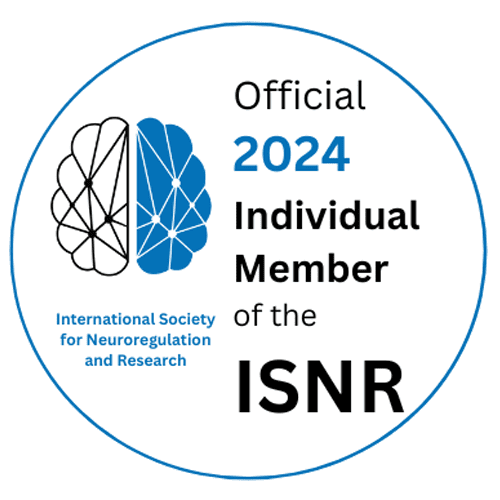Your brain’s top priority is always keeping you safe and alive, and it’s wired to be alert and reactive to accomplish this. It’s always subconsciously scanning your environment for anything it feels might be dangerous. When it feels threatened, it activates a “stress response” that starts a cascade of neurochemical and bodily changes that prepare you to flee or fight for your life.
Every time your brain’s fear alarm is activated, it takes note of what triggered it and files it away in your subconscious memory. In this way, your brain “learns” to be anxious through associative conditioning. It learns from your environment, others, and past experiences as you grow up, to associate certain things or experiences with fear and anxiety. These things may initially have nothing to do with each other, but they can become connected in your unique neural web and automatically trigger the stress response for you. Your brain is innately programmed to be suspicious of anything unfamiliar, because remember, it’s looking for potential threats and wants to protect you. These conditions lead to anxiety.
I want you to know that your brain can “unlearn” anxiety. If a neuron fires and isn’t repeatedly followed by the activation of subsequent neurons, the connection between them weakens, and the pattern of the stress response being triggered is interrupted. Eventually, your brain breaks the old associations and forms new neural pathways, which means a calmer, less stressed and anxious you. This “unlearning” has been shown to successfully resolve phobias, anxiety disorders, and PTSD.
The answer to easing and reversing anxiety is to turn down your brain’s stress response and to turn up your brain’s relaxation response. To get technical, your brain needs to increase its slow wave activity so your mind and body can become less aroused and reactive.¹
You have questions, we have answers!
We’ve gathered a list of commonly asked questions for your convenience. If you don’t see the information you need, please don’t hesitate to reach out to us. Simply click on the question that interests you to navigate directly to the relevant section.
Sources: 1. Zhao Z, Yao S, Li K, Sindermann C, Zhou F, Zhao W, Li J, Lührs M, Goebel R, Kendrick KM, Becker B. Real-Time Functional Connectivity-Informed Neurofeedback of Amygdala-Frontal Pathways Reduces Anxiety. Psychother Psychosom. 2019;88(1):5-15. doi: 10.1159/000496057. Epub 2019 Jan 30. PMID: 30699438 https://pubmed.ncbi.nlm.nih.gov/30699438/




 optimize your brain function.
optimize your brain function. improve your mental health.
improve your mental health. enhance your mental performance.
enhance your mental performance. Date: January 29, 2025
Date: January 29, 2025 Time: 1 PM-2 PM
Time: 1 PM-2 PM Location: Wherever you are
Location: Wherever you are